Track satellites, spot flashes on the Moon, monitor violent stars — learn how amateur astronomers can become involved in professional science.
Astronomy is one of the most accessible sciences — all you really need to do is look up. Interested amateurs might expand their hobby by tackling the Messier, Caldwell, or even Herschel catalogs. And for those who want to take their observing a step further, there are several opportunities for collaboration with professional astronomers.
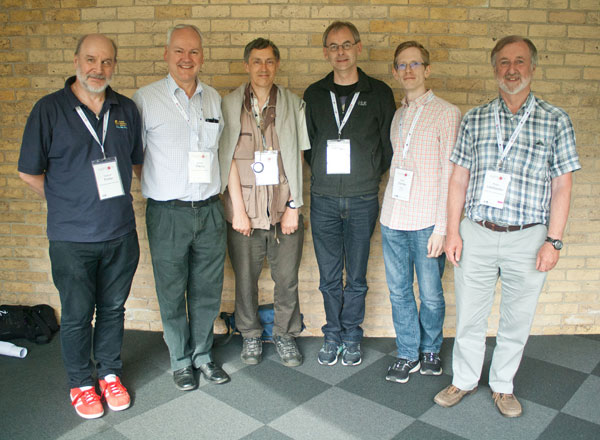
The pros may have 10-meter scopes or even observe from space. But one thing they lack is time. Several sky surveys coming online are discovery machines, but confirming and characterizing those discoveries is difficult. That’s where amateurs can come in. With their ample observing time and wide geographical coverage, not to mention a history of contributing to and even leading astronomical research, amateurs have a lot to bring to the table.
At the National Astronomy Meeting at Lancaster University, UK, Callum Potter, president of the British Astronomical Association, and Dirk Froebrich (University of Kent, UK) organized and chaired a session on professional-amateur collaborations in astronomy. On July 4th, amateur astronomers and professionals alike presented several projects, some ongoing and looking for contributors, some wrapping up and serving as inspiration for the future.
Learn more about these projects — and see how you can get involved — with the descriptions and links below.
Lunar Impact Flashes
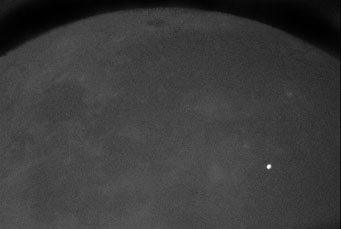
NASA MEO
When a meteoroid strikes the Moon, astronomers on Earth may observe a lunar impact flash — a small bit of radiation that represents less than 1% of the meteoroid’s total energy. Professional astronomers have been observing impact flashes by the hundreds since amateurs first confirmed their existence in 1999, but there’s still plenty of room for amateurs to contribute. (Find a combined catalog of impact flashes here.)
Amateur lunar observations can be submitted to the following organizations:
- Association of Lunar & Planetary Observers (in the U.S.)
- British Astronomical Association (in the UK)
- Brazilian Meteor Observation Network
- Unione Astrofili Italiani and the Geological Lunar Research (both in Italy)
These amateur projects combine light curves from several observers in order to see more detail. Observations in different wavebands allow astronomers to measure the impact’s blackbody temperature. Bright flashes on the lunar terminator or in shadow-filled craters are particularly valuable. Observers are encouraged to video lunar earthshine simultaneously to help rule out false detections from cosmic rays or satellite sun glint effects.
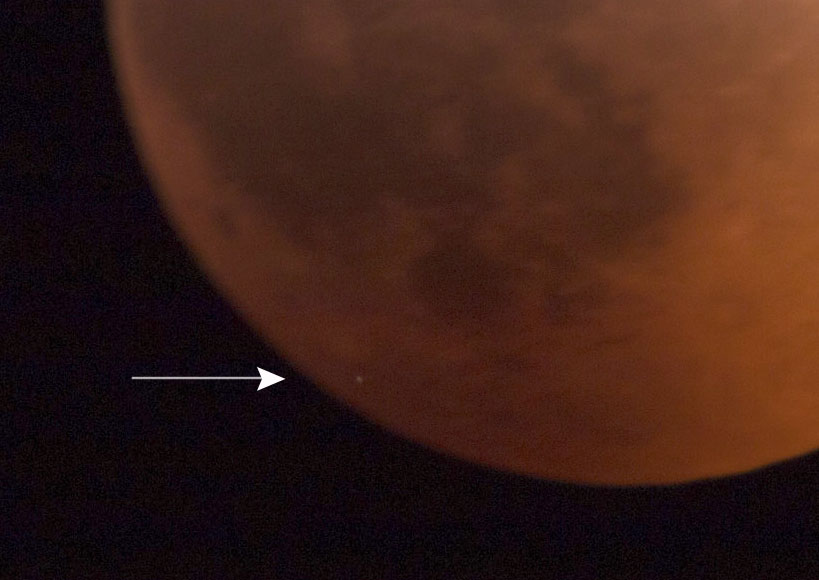
Observations so far have suggested that a small minority of impact flashes are slightly elongated, or at least not a single point of light. By having lots of observers videoing the Moon simultaneously, from different geographical locations on Earth, astronomers can rule out the blurring effect of our atmosphere.
If you enjoy catching lunar occultations, you can observe impact flashes at the same time. Then the star, prior to occultation, can be used to calibrate the brightness of any observed flashes.
Lastly, some amateur astronomers have video archives of lunar observations spanning at least 30 years. Combing through these with impact flash detection software could turn up evidence of impact flashes prior to 1999.
— Anthony Cook (British Astronomical Association)
Further resources:
Impact flash detection software:
Cataclysmic variables
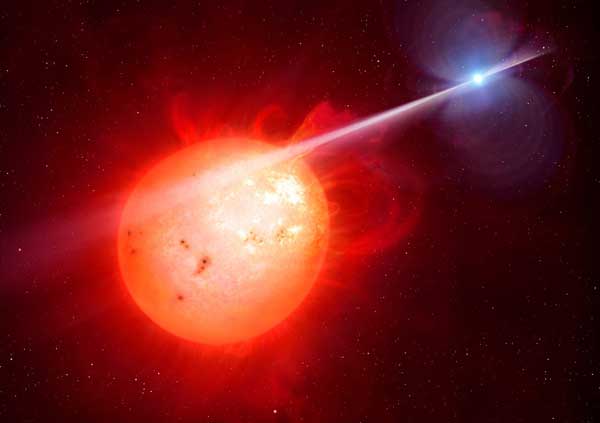
M. Garlick / University of Warwick / ESO
Accretion is a fundamental process and much research on cataclysmic variables (CVs) during the last half century has been on understanding the physics of accretion. Accretion discs are found in a wide variety of systems from forming young stars to accreting black holes. CVs, because of their short timescales, provide a useful laboratory to study accretion disc physics.
Sky surveys that are already coming online will provide near-continuous and exquisitely precise photometry of these systems. But rather than replace amateur observations, these surveys actually provide new opportunities, as long as the amateur community adapts to focus its efforts on stars of interest to the professional community.
Amateurs equipped for CCD photometry can make scientifically useful observations of these unpredictable stars. Coordinated observing campaigns could take advantage of observers located at different longitudes around the world to provide near-continuous coverage
— Jeremy Shears (British Astronomical Association)
Further Resources:
- BAA Variable Star Section
- AAVSO
- Jeremy also wrote a paper which is an introduction to how amateurs can contribute to CV science: "Amateur astronomers and the new golden age of cataclysmic variable star astronomy." Shears, J., J. Br. Astron. Assoc., 128, 75-90 (2018).
Argus: A Citizen Science Project to Track Satellites
Space debris and retired satellites are increasingly endangering satellites in low-Earth orbit. Determining accurate orbits for the high number of objects is challenging, and traditional techniques such as radar are expensive on a large scale.
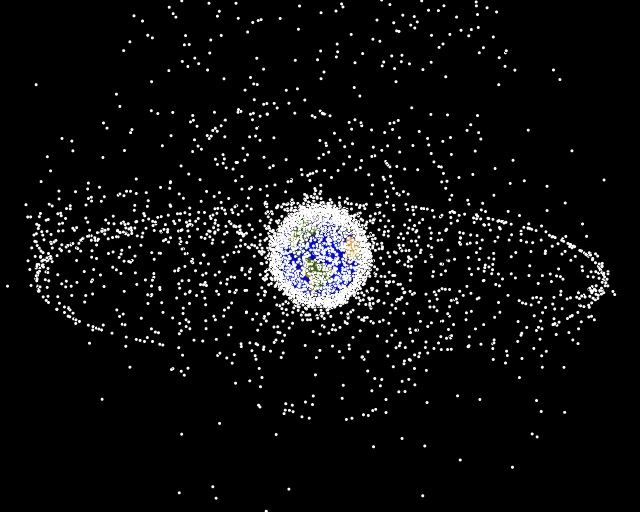
NASA Orbital Debris Program Office
In an unusual partnership, the UK's Defence Science and Technology Laboratory teamed up with amateur astronomers of the Basingstoke Astronomical Society (BAS) to undertake a proof-of-concept study. Observers participating in the project used inexpensive DSLR cameras or astronomical CCD cameras, along with standard camera lenses, to take short-exposure images of satellite trails. Professional astronomers then analyzed images from BAS members to provide the apparent satellite positions at precise times. By combining observations from several BAS members, astronomers could determine satellite orbits to within 20 meters (65 feet).
Although not yet confirmed, there might be a follow-up project involving more amateur astronomers to enable wider geographical coverage.
— Grant Privett (Defence Science and Technology Laboratory) & Trevor Gainey (Basingstoke Astronomical Society)
Supernova Spectroscopy
Known for introducing thousands of amateur astronomers to spectroscopy through his Star Analyser spectrograph, Robin Leadbeater described his work confirming and classifying supernovae spectroscopically.
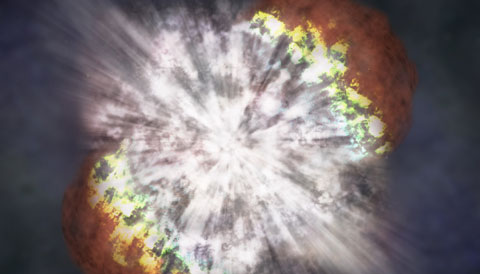
NASA / CXC / M. Weiss
Amateur supernova hunters have faced difficulties getting time on professional telescopes to confirm their discoveries using spectroscopy; no amateur instruments with sufficient sensitivity were available. The solution was to modify a commercial ALPY600 spectrograph, reducing its resolution somewhat to increase sensitivity while still providing enough information to identify the key features specific to supernovae.
The spectrograph, mounted on an 11-inch aperture telescope, has been used to officially confirm 24 supernovae to date via the IAU Transient Name Server, 11 of which were also discovered by amateurs. The supernova named SN2016bme was the first to be confirmed spectroscopically by an amateur.
The professional All Sky Automated Survey for Supernovae (ASAS-SN) discovered several more; Robin has collaborated with the ASAS-SN team to provide follow-up spectra. For example, he confirmed ASAS-SN18bt/SN2018oh as a Type Ia supernova. The properties of its lightcurve add to the debate over what mechanism(s) causes white dwarfs to explode — accretion from a companion star or the merger of two white dwarfs.
Leadbeater also provided spectra to classify supernova SN2018hna, discovered by amateur Koichi Itagaki. A type II supernova with an unusually slow rise to maximum brightness, this explosion is suspected to be caused by the core collapse of a blue supergiant star. (Most supernovae result from the core collapse of the more common red supergiants.)
Robin has also followed the evolution of supernovae for up to a year as they fade to as faint as 18th magnitude, the current limit of amateur spectroscopic capability. The ALPY spectra, along with over 4,000 spectra from other amateurs, covering a wide range of objects, can be found in the spectroscopic database run by the British Astronomical Association.
— Robin Leadbeater (British Astronomical Association)
The HOYS-CAPS Citizen Science Project
The Hunting for Outbursting Young Stars with the Centre for Astrophysics and Planetary Science Citizen Science project aims to bring together amateur astronomers from around the world to monitor the brightness of around 20 young and nearby clusters and star-forming regions in the northern sky using various optical filters (U, B, V, R, Ha, I). The ultimate goal is to have a sufficient number of participants so that we can obtain an image of every region in every filter about once or twice per day.
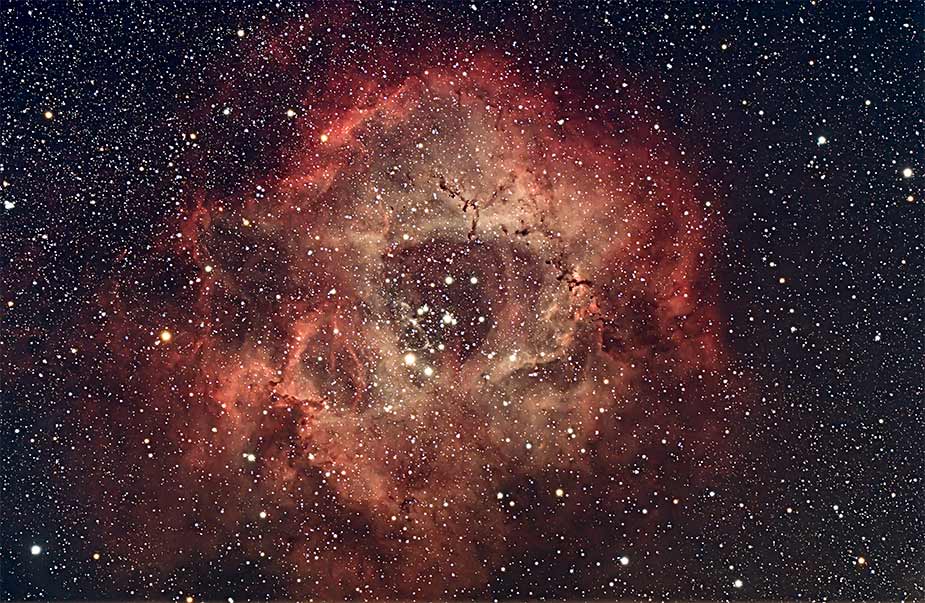
Thierry Beauvilain / Sky & Telescope's Online Gallery
Most of our targets are well-known, photogenic objects (e.g. Orion, Rosette, Cocoon, Pelican, Elephant Trunk, and Cone Nebula) that amateurs already observe and photograph. We are collecting and analysing new as well as historic images of all of these regions; all of our data is publically accessible from the HOYS-CAPS server.
We are actively recruiting new participants since 2018. So far, almost 70 observers from 10 different countries are delivering data. There are now more than 11,000 images with more than 80 million accurate brightness measurements. All the data together corresponds to 700 hours integration time on a 1-meter-diameter telescope.
The project does not require a large amount of time; either (filtered) CCD or DSLR images are acceptable. Our internal self-calibration in the photometry database automatically corrects possible color terms in the data.
The scientific goals of the project are plentiful: First, by identifying and characterizing the material that’s accreting onto and occulting the young star, we can study the properties and structure of disk material, at a resolution more than 100 times better than what can be achieved with direct observations. The light curves may even reveal periodic signals hinting at the presence of accreting proto-planets crossing in front of their host star. Observations also provide the stars’ rotation periods. Finally, observations will help identify and characterize the brightness of these young stars’ outbursts.
— Dirk Froebrich (University of Kent)
Further resources:
 1
1









Comments
Patrick Schmeer
August 7, 2019 at 3:26 am
Minor correction: abovementioned supernova designations should read SN 2016bme, SN 2018oh, and SN 2018hna – mind the gap! (Patrick Schmeer, Saarbrücken-Bischmisheim, Germany)
You must be logged in to post a comment.
You must be logged in to post a comment.